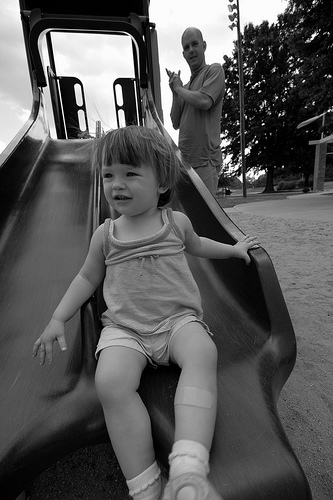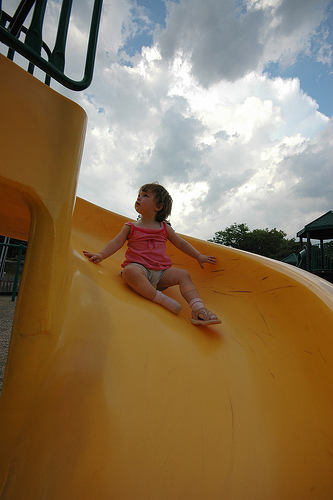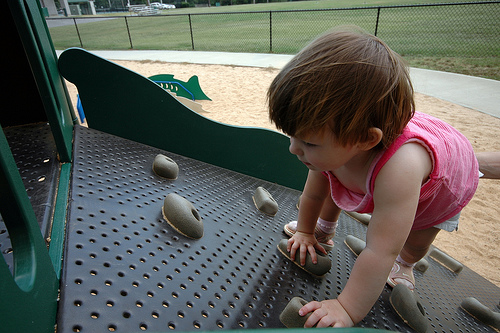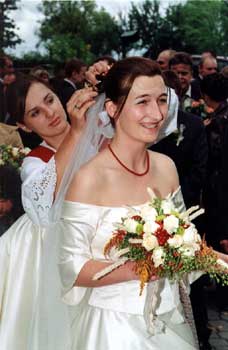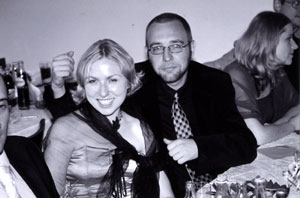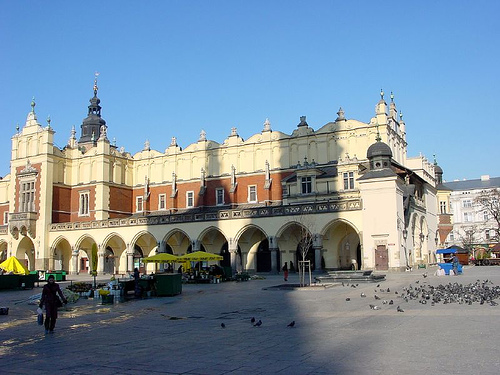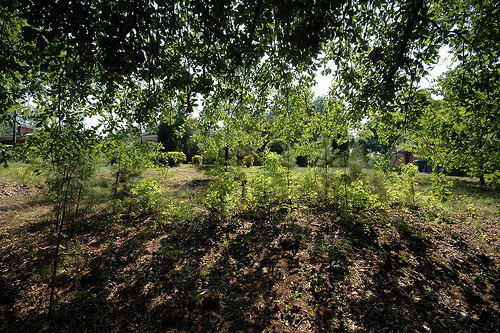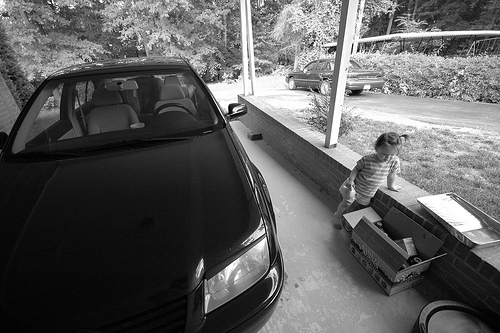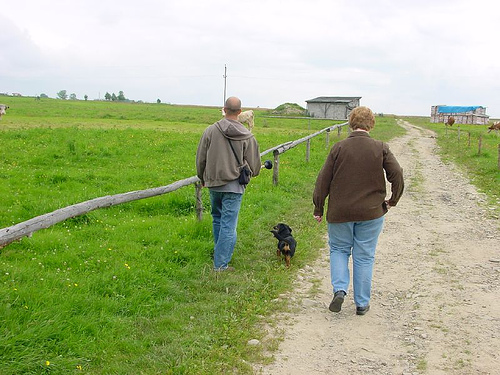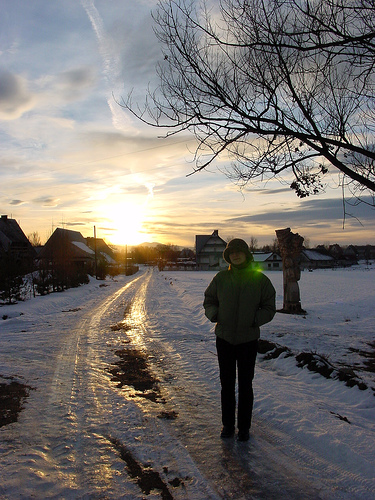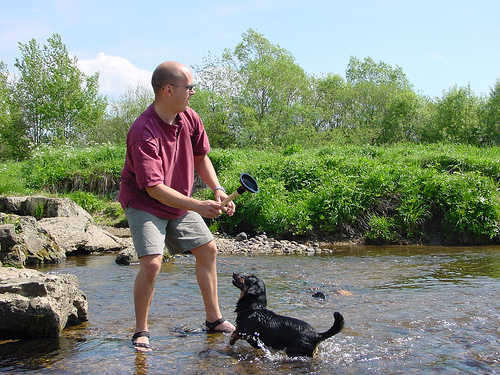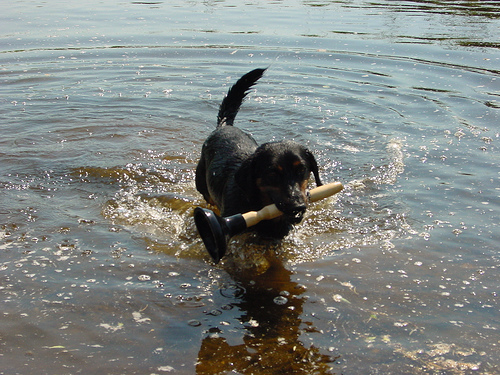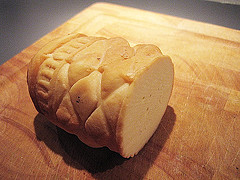0
Packing is never fun. It can hold the promise of coming adventure, but generally it’s tedious.
That being said, it requires a ritual. I always had one: listen to Michael Hedges’ Taproot (AMG) while packing. I packed for almost all my trips for ten years that way.
We didn’t listen to anything packing for this trip. And K did most of the packing. And ironing.
I offered to help. “No — I’m afraid that you might forget something important.”
“Like the Girl?” I think, but then think again.
But all that’s behind us now. This is scheduled to be posted when — theoretically — we’re lifting off the ground on a Lufthansa Airbus, beginning the first (and longest) leg of our journey.

